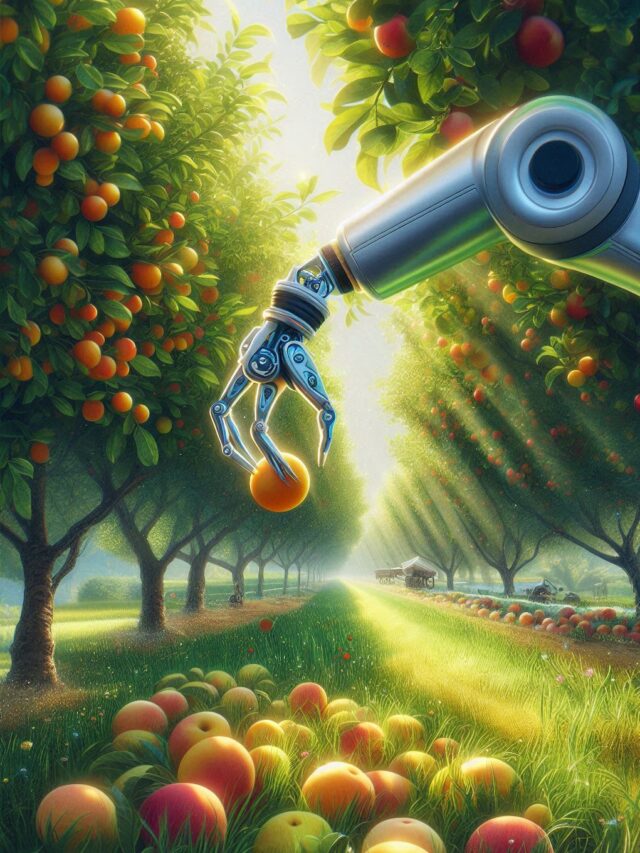In the ever-evolving world of Robotics, a new player has emerged that’s turning heads and challenging our perception of what robots can be. Enter soft robotics – a field that’s transforming the way we interact with machines and opening up possibilities we never thought possible. This article dives deep into the fascinating evolution of soft robots, exploring how these flexible, adaptable creations are reshaping industries and pushing the boundaries of innovation.
What Exactly Are Soft Robots?
Soft robots are a revolutionary class of machines made from materials that can bend, stretch, and deform. Unlike their rigid counterparts, these pliable wonders can navigate complex environments, handle delicate objects, and even mimic biological movements with uncanny precision.
The Birth of Soft Robotics
The concept of soft robotics isn’t entirely new. Nature has been perfecting “soft machines” for millions of years in the form of organisms like octopuses and jellyfish. However, it wasn’t until the early 2000s that researchers began seriously exploring how to replicate these natural marvels in artificial systems.
Game-Changing Materials
One of the key drivers in the evolution of soft robots has been the development of advanced materials. Silicone elastomers, shape memory alloys, and electroactive polymers have all played crucial roles in bringing soft robots to life. These materials allow for unprecedented flexibility, responsiveness, and adaptability.
Biomimicry: Learning from Nature
Many soft robots draw inspiration directly from nature. For instance, researchers have created octopus-inspired tentacles that can grasp objects with remarkable dexterity. Another team developed a soft robotic fish that can swim alongside real marine life without disturbing them – a potential game-changer for underwater exploration and research.
Soft Robots in Healthcare
The medical field has been quick to recognize the potential of soft robotics. These gentle machines are ideal for tasks that require a delicate touch, such as assisting in minimally invasive surgeries or providing rehabilitation support. One notable example is a soft robotic glove that helps patients with hand mobility issues regain function.
Industrial Applications
Soft robots are also making waves in manufacturing and logistics. Their ability to handle irregularly shaped or fragile items makes them perfect for tasks like fruit picking or packaging delicate electronics. Some companies are even exploring soft robotic grippers that can adapt to objects of various sizes and shapes on assembly lines.
The Challenge of Control
One of the biggest hurdles in soft robotics has been developing effective control systems. Traditional rigid robots rely on precise movements and fixed joints, but soft robots require more complex algorithms to manage their fluid motions. Recent advancements in machine learning and AI are helping to overcome these challenges.
Power and Actuation
Another critical area of development has been finding efficient ways to power and actuate soft robots. Pneumatic systems, which use air pressure, have been popular, but researchers are also exploring alternatives like chemical reactions and even light-activated materials to drive movement.
The Future of Soft Robotics
As the field continues to evolve, we can expect to see soft robots playing increasingly important roles in our lives. From wearable assistive devices to shape-shifting furniture, the possibilities are limited only by our imagination. Some experts even predict that soft robots could one day be used for space exploration, adapting to alien environments in ways traditional robots never could.
Ethical Considerations
With great power comes great responsibility, and soft robotics is no exception. As these machines become more advanced and lifelike, we’ll need to grapple with ethical questions about their use and potential impact on society. How will we ensure they’re used responsibly? What safeguards need to be in place?
Conclusion:
The evolution of soft robots represents a paradigm shift in how we think about machines and their capabilities. From healthcare to manufacturing, exploration to everyday assistance, these flexible marvels are poised to revolutionize countless aspects of our lives. As we continue to push the boundaries of what’s possible in soft robotics, one thing is clear: the future is looking decidedly squishier – and infinitely more exciting.
Anthropic Unveils Advanced Prompt Generator Tools To Enhance Developer Efficiency








